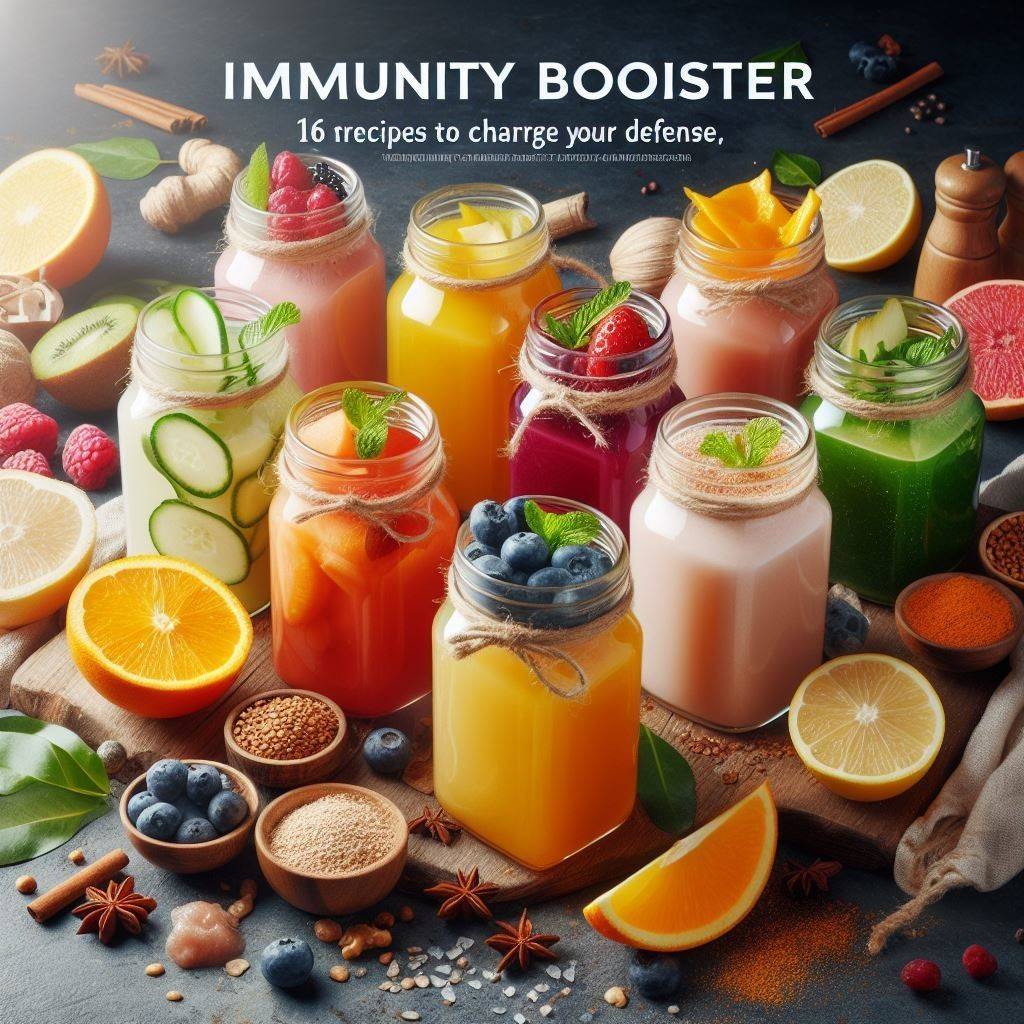Cacao Nibs are one of nature’s most powerful superfoods. Derived from the bean inside the cacao pod, it provides a nutritious and energizing snack that can benefit your health in numerous ways. Keep reading to learn more about the many health advantages of adding cacao nibs to your diet.
An Overview
It represents crushed cacao beans, roasted and stripped of their hulls, setting them apart from cocoa powder and chocolate. It contains no added sugars or fats. They provide the nutritional essence of chocolate in its rawest form.
Some key facts about cacao nibs:
- Made by crushing roasted cacao beans.
- Bitter taste with subtle chocolate undertones
- Crunchy texture like nuts
- Contains no added sugars or oils.
- Higher antioxidant content than cocoa powder
- Rich in fiber, magnesium, iron and more
Cacao nibs make an excellent superfood addition to trail mixes, granola, yogurt, baked goods, and smoothies. Their crunch and intense chocolate flavor are a nourishing treat.
Nutrition Profile of Cacao Nibs
Part of what makes cacao nibs so beneficial is their stellar nutritional makeup. Here’s an overview of what you’ll gain from a standard 1-ounce (28-gram) serving:
- Fiber – 9 grams. Half your daily needs. Helps regulate digestion.
- Protein – 3 grams. Important for building and repairing tissue.
- Magnesium – 64 mg. Supports nerve and muscle function.
- Iron – 3 mg. The key to oxygen circulation and energy levels.
- Antioxidants – More than cocoa powder. Help neutralize harmful free radicals.
- Theobromine – Boosts mood and focus. Not as much as chocolate.
- Fats – Mostly healthy fats like oleic acid.
- Vitamins/minerals – Provides copper, potassium, zinc, and B vitamins.
This nourishing nutritional profile makes it a smart addition to any diet. Fiber, magnesium, antioxidants, iron, and healthy fats provide important health advantages.
Health Benefits of Cacao Nibs
Studies have revealed numerous ways in which integrating cacao nibs into your diet can enhance overall health and fortify your body’s defences. Here are some of the top proven health benefits:
Improve Heart Health
Several studies have found that the flavanols in cacao can benefit heart health by:
- Lowering blood pressure
- Improving blood flow
- Reducing LDL “bad” cholesterol
- Preventing blood clotting
By supporting healthy circulation and blood pressure, it makes your heart happier.
Reduce Inflammation
Chronic inflammation is linked to modern illnesses like diabetes, cancer, and autoimmune conditions. The antioxidants in cacao nibs exhibit strong anti-inflammatory activities, which may help:
- Protect cells from damage.
- Modulate inflammatory biomarkers.
- Relieve joint pain.
- Improve allergy and asthma symptoms.
The antioxidant prowess of cacao may also give your immune system a helping hand. Research indicates cacao flavonoids can:
- Increase T-cell and B-cell activity.
- Modulate immune cell signalling.
- have antiviral and antibacterial effects.
This immune-boosting capacity can help your body battle bugs and stay healthy.
Improve Mood and Cognitive Function
via natural, subtle stimulants like theobromine, cacao has been shown to:
- Increase blood flow to the brain.
- Trigger the release of endorphins that lift mood.
- Improve cognitive processing and memory.
- Boost reaction time and mental focus.
Cacao’s brain-boosting benefits make it a tasty, smart snack.
Support Blood Sugar Balance
The combination of fiber, healthy fats, and antioxidants in cacao makes it beneficial for stabilizing blood sugar. Studies show cacao:
- Lowers insulin resistance.
- Improves glucose metabolism.
- Modulates hormones related to metabolism.
This helps steady energy levels and may lower diabetes risk.
Best Ways to Eat Cacao Nibs
It brings nutrition and a rich chocolate taste to anything it’s added to. Here are some of the best ways to enjoy them:
- Sprinkled on yogurt, oatmeal, or salad.
- Added smoothies for an antioxidant boost.
- Mixed into granola or trail mix.
- Used in place of chocolate chips in cookies and bars.
- Swirled into homemade nut butter.
- Mixed with dried fruit for sweet and salty snacks.
- Blended into chocolate cake batter.
- Combined with coffee grounds for a mocha-flavoured brew.
- Added to pancake or waffle batter.
- Used as a crunchy topping on ice cream.
Get creative with cacao recipes to reap all the benefits of this tasty superfood.
Cautions Regarding Cacao Nibs
They are safe to consume, but do have some cautions to keep in mind:
- Allergies – Contains trace amounts of caffeine and theobromine, which can cause reactions in those sensitive.
- Medication interactions – Cacao can inhibit MAO inhibitors and interact with stimulant drugs.
- Pregnancy – Higher cocoa content can constrict blood vessels, so limit intake.
- Acid reflux – The cocoa in cacao can trigger reflux in those prone to it.
- Migraines – Cacao contains compounds called tannins that can trigger headaches.
- IBS – some compounds in cacao may irritate the bowels if consumed in excess.
Most people can safely enjoy cacao nibs in moderation as part of a healthy diet. But check with your doctor if you have concerns about interactions.
Comparing cacao nibs and cacao powder
Cacao nibs and cacao powder both originate from the cacao bean but have some key differences :
Cacao powder is made by finely grinding roasted cacao beans into a powder with an intense chocolate flavor that blends smoothly into drinks, sauces, and desserts.
Cacao nibs are crushed cacao bean pieces that retain fat and fiber for a granular, nutty texture and a more bitter taste that works well in trail mixes, smoothies and baked goods. The main distinctions are that cacao powder has a finer, powdery texture with the fiber removed and a sweeter chocolate taste, making it ideal for blending into liquids, while cacao nibs have a crunchy, coarse texture with more fat and fiber intact, giving them a more bitter flavor and textural addition to snacks and smoothies.
Frequently Asked Questions
How much caffeine is in cacao nibs?
Cacao nibs contain very little caffeine – only around 25-40mg per 1-ounce serving. This is much less than coffee or chocolate.
Is cacao nibs gluten-free?
Yes, pure cacao nibs contain no gluten and are safe for those with celiac disease or gluten intolerance.
Should you eat cacao nibs every day?
Eating a 1-2 ounce serving of cacao nibs daily can provide excellent health benefits. But limit portion sizes and avoid exceeding 3 ounces per day.
Can cacao nibs make you gain weight?
Cacao nibs are low glycemic, and the fat content is mostly healthy monounsaturated fat. Enjoying them in moderation as part of a balanced diet is unlikely to lead to weight gain.
Do you have to roast cacao nibs?
No, most commercially available cacao nibs are already roasted. You can eat them raw or toast them slightly to enhance flavor if desired. But roasting is not required.
What do cacao nibs taste like?
Cacao nibs taste bitter, with rich dark chocolate notes. Their flavor is more intense than cocoa powder but less sweet than chocolate since they contain no added sugar.
Conclusion
For a healthy chocolate fix packed with benefits, cacao nibs are a smart choice. With a stellar nutritional profile full of antioxidants, fiber, minerals, and healthy fats, it can boost your heart health, immunity, mood, blood sugar balance, and more. Add them to trail mixes, smoothies, baked goods, and other treats to reap these tasty health perks. Just be mindful of any allergies or medication precautions before incorporating it into your routine.



